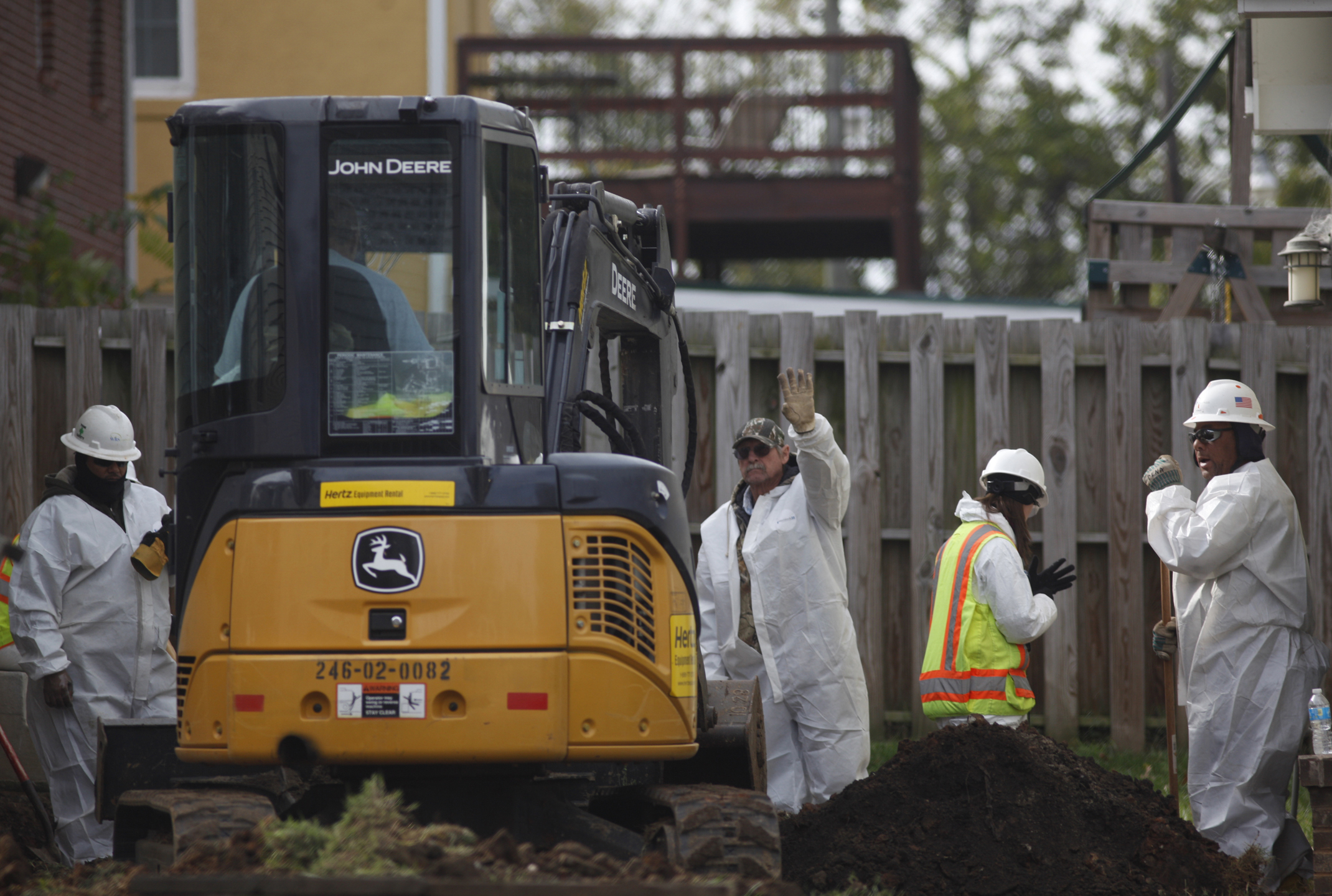Lead cleanup progressing in Chattanooga
Friday, January 1, 1904
Contractors have completed lead removal on two properties in the Southside, says the EPA coordinator for the cleanup.
Now a tentative work schedule for cleaning another 50 yards is being established, said the EPA's Perry Gaughan, and his goal is to complete the work in about six months.
"On the two properties we've cleaned up so far, the top soil has been pretty uniformly contaminated with lead at levels over 400 parts per million," Gaughan said.
Normal levels would be expected to be between 50 and 75 parts per million, he said.
"It seems to be [highest at] homes built in the early 1900s -- like 1903 and 1905."
EPA tested 82 properties in the community and found 52 with various degrees of contamination.
The work, known as the Southside Lead Removal Site, began on Sept. 24 after the Tennessee Department of Environment and Conservation received a request from the Tennessee Department of Health last year to help determine the origin of a lead exposure to a resident in the community.
Tom Rucci, director of case management at the Hamilton County Health Department, said the department monitors lab results from its clinics and from local pediatrician groups that perform well-baby checks.
"Lead screening is a routine part of well-child checks" on youngsters between 6 and 72 months old, Rucci said. "We do the case management for those that come in with high lead levels."
In the past year, he said, about five cases have been referred to the health department, and it averages seeing five to 15 cases a year in the entire county.
The dangers of lead poisoning have surfaced in the last several decades, according to health officials. Children especially are at risk because even low levels of lead can damage the brain and nervous system and impair children's learning skills.
The most common source of lead is from lead paint in homes built before 1978, but lead levels in soil have become a growing concern, especially in homes built before the 1950s.
Contact staff writer Pam Sohn at psohn@timesfreepress.com or 423-757-6346.
